An epitome of grace and beauty, Calla Lilies have captivated gardeners and flower enthusiasts for centuries. These distinctive trumpet-shaped flowers have an extensive history, cultural significance, and a wide range of uses. In this article, we will explore the origins, symbolism, and care of these elegant blooms and delve into their diverse range of colors and varieties.
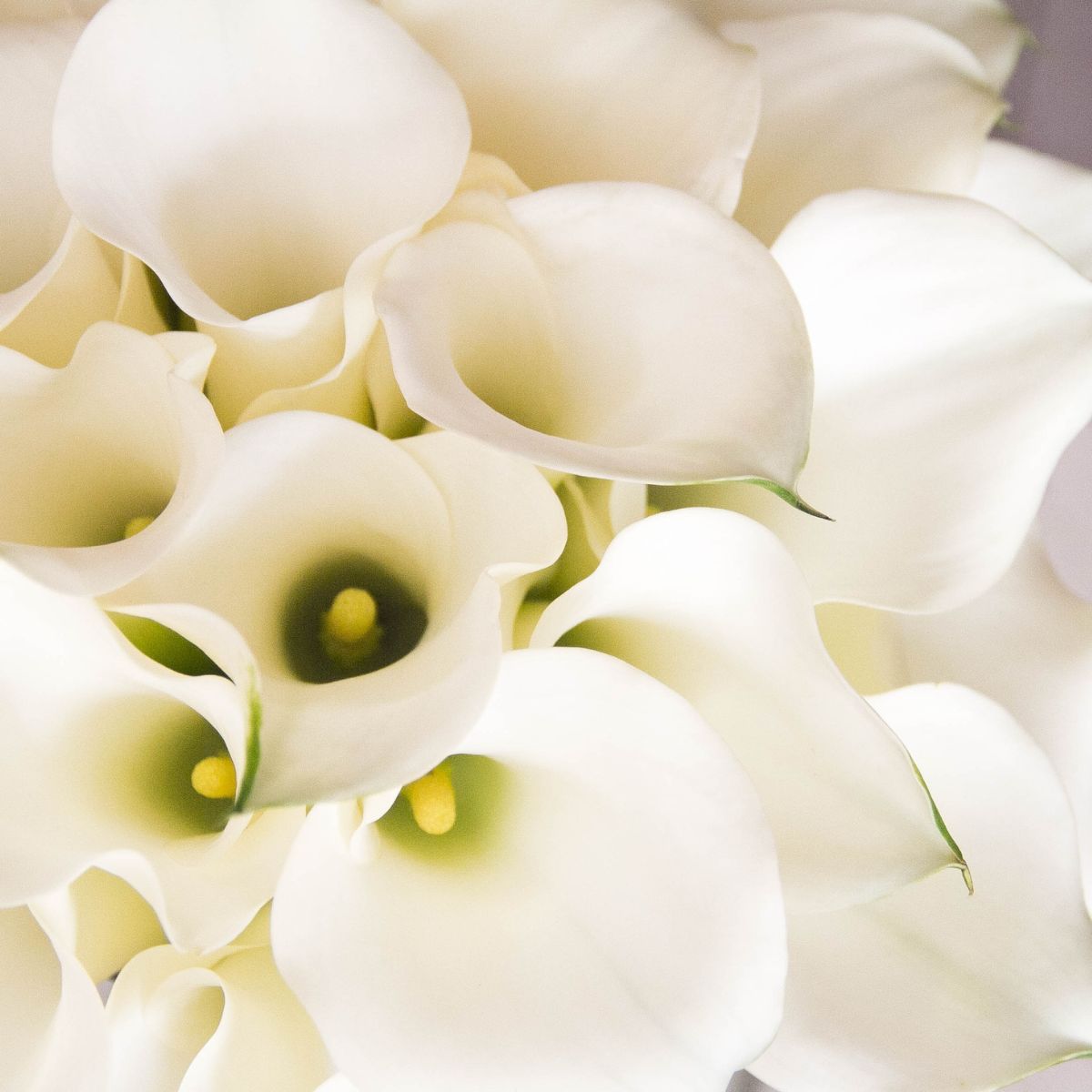
Read Next
Origins and History
Native to southern Africa, the plant commonly known as the Calla Lily is not a true lily but belongs to the Zantedeschia genus. Comprising eight species, these plants are members of the Araceae family. In their native habitat, they grow in marshy areas, showcasing their preference for moist conditions.
It was during the 18th century that Italian botanist Giovanni Zantedeschi first described these plants, and they were subsequently named in his honor. Their popularity surged during the late 19th and early 20th centuries, becoming a worldwide mainstay in gardens and floral arrangements.
Symbolism and Cultural Significance
These alluring blooms have long held symbolic importance in various cultures. Traditionally associated with purity, holiness, and faith, they are often featured in Christian art and religious ceremonies. In Greek mythology, they are linked to Hera, the queen of the gods, and symbolize rebirth and transformation.
In modern times, their elegance and simplicity have made them popular for weddings, representing marital bliss, devotion, and the beginning of a new chapter in life.
Growing and Caring for Calla Lilies
To successfully cultivate these enchanting flowers, follow these essential care tips:
- Soil and Location: Plant the rhizomes in well-draining, fertile soil. Choose a location that receives partial to full sunlight, as these plants prefer bright conditions with some shade during the hottest part of the day.
- Planting: Plant the rhizomes in spring, approximately 4 inches deep and 12 inches apart, with the growing tips facing upward. In colder climates, it is advisable to start the rhizomes indoors, transplanting them outside once the risk of frost has passed.
- Watering: Maintain consistently moist soil throughout the growing season, as these plants thrive in damp conditions. Water regularly, ensuring the soil does not dry out completely between waterings.
- Fertilizing: Apply a balanced, slow-release fertilizer every 4-6 weeks during the growing season to promote healthy, vibrant blooms.
- Winter Care: In regions with harsh winters, dig up the rhizomes in the fall, allowing them to dry out before storing them in a cool, dark place until spring.
- Container Growing: These plants adapt well to container cultivation. Select a pot with adequate drainage holes, and use a high-quality, well-draining potting mix. Ensure the container receives ample sunlight and maintains consistent soil moisture.



Pest and Disease Management
While these plants are generally low-maintenance, they can be susceptible to certain pests and diseases. Keep an eye out for the following potential issues:
- Aphids: These small insects can cause damage by feeding on plant sap. To combat aphids, use insecticidal soap or release natural predators like ladybugs.
- Spider Mites: These tiny arachnids can cause leaf discoloration and plant weakness. Treat infestations with a miticide or insecticidal soap.
- Bacterial Soft Rot: This bacterial infection causes mushy, foul-smelling rhizomes. To prevent its spread, avoid overwatering and promptly remove and dispose of any affected plants.
- Fungal Diseases: Powdery mildew and other fungal diseases can cause discolored or distorted foliage. Ensure proper air circulation, avoid overhead watering, and apply a fungicide if necessary.
Popular Varieties and Colors
With many captivating varieties available, there is a Calla Lily to suit every taste and color preference. Some popular varieties include:
- 'White Giant': This variety boasts large, pristine white flowers and can reach heights of up to 4 feet, making it a striking addition to any garden.
- 'Captain Romance': Known for its soft pink blooms, this variety adds a delicate touch of romance to any setting.
- 'Black Star': This dramatic variety creates a bold statement in the garden or floral arrangements with its deep purple, almost black flowers.
- 'Majestic Red': This variety features vibrant red flowers that exude passion and energy, making them an eye-catching choice.
- 'Lemon Drop': Offering a cheerful pop of color, this variety showcases sunny yellow flowers that brighten up any space.
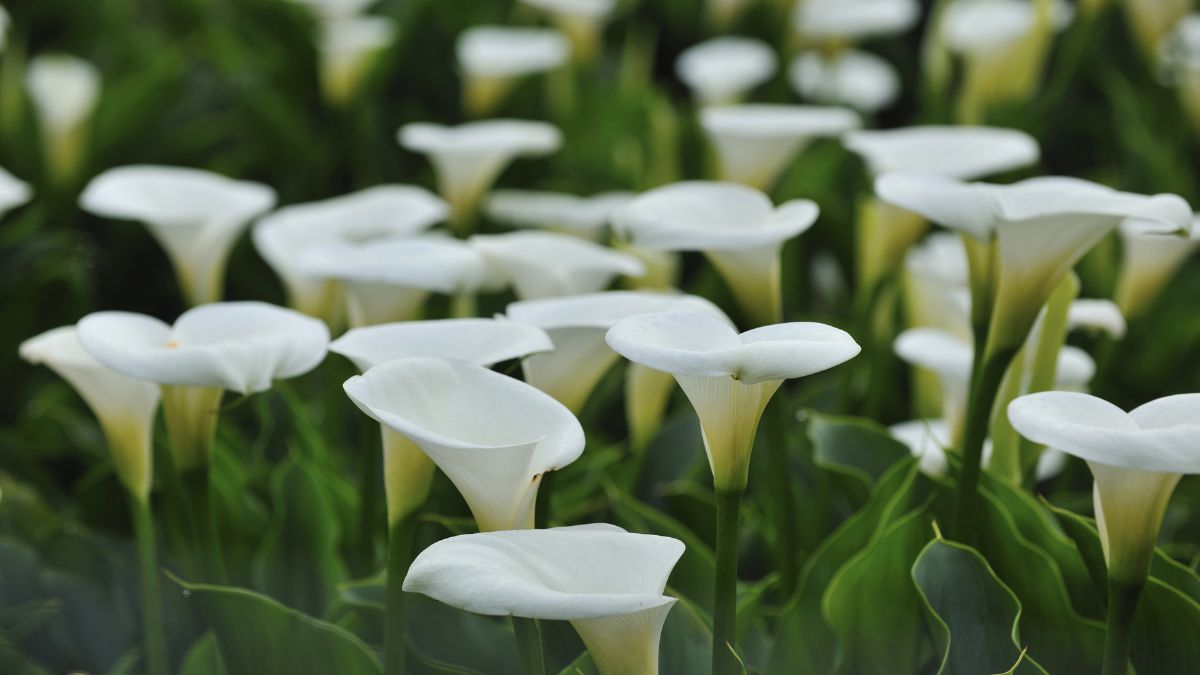


Incorporating Calla Lilies into Your Garden and Home
These elegant flowers have many uses in the garden and as cut flowers. Here are some suggestions for incorporating them into your landscape and home:
- Mixed Borders: Plant them alongside other perennials, shrubs, and bulbs to create a diverse and dynamic garden display.
- Water Features: Given their affinity for moist conditions, these plants can be grown near ponds or water features, where their roots remain consistently damp.
- Containers: Their adaptability to container cultivation makes them an ideal choice for patios, balconies, or terraces, where their beauty and elegance can be admired up close.
- Cut Flowers: These blooms are popular for cut flower arrangements, with their long-lasting vase life and captivating form. Their simplicity allows them to shine on their own, or they can be combined with other flowers for a more intricate display.
- Indoor Plants: Some varieties, such as Zantedeschia aethiopica, can be grown as houseplants, providing a touch of elegance and charm to your interior spaces.
Conclusion
Calla Lilies are a timeless symbol of grace, beauty, and elegance. With their rich history, cultural significance, and diverse colors and varieties, these captivating flowers have something to offer every gardener and enthusiast.
By understanding their origins, proper care, and various uses, you can enjoy the enchanting allure of these exquisite blooms for years to come. Embrace the elegance of Calla Lilies, and elevate your garden and home to new heights of sophistication.

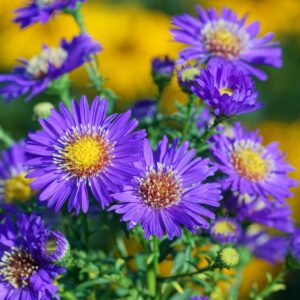

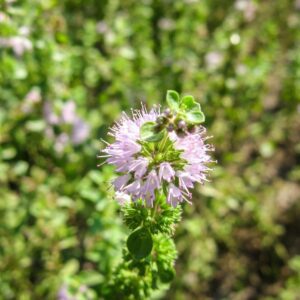
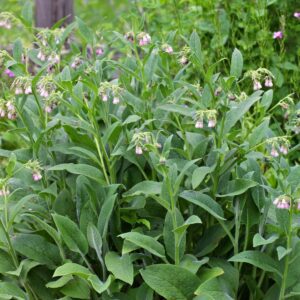
Comments
No Comments